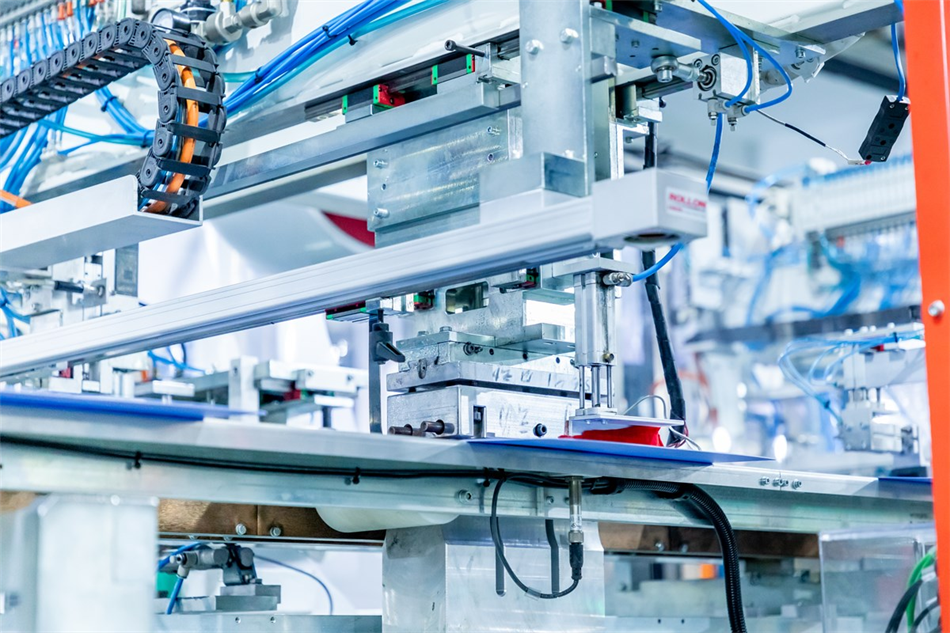Why has lightweight PLA become the new favorite of 3D printing for model aircraft?
In recent years, 3D printing technology has developed rapidly and has evolved from a seemingly distant “high-tech” to a convenient technology within reach, gradually penetrating into various fields that we can come into contact with. With the rapid popularization of 3D printing technology, 3D printing models of aircraft, 3D printing COSPLAY props, etc. have emerged rapidly.
Compared to traditional production methods, the flexibility and diversity of 3D printing technology bring more choices and greater creative freedom. In the field of model airplane production, 3D printing technology is particularly popular because it not only improves production efficiency but also greatly reduces costs. More importantly, the development of 3D printing technology enables model airplane enthusiasts to customize personalized model works.
However, in the process of DIY model aircraft, material properties are crucial to the flight performance of the model aircraft. Different materials have different strengths, weights, and durability, which directly affect the flight stability and handling performance of model aircraft. This is also a major issue that has previously troubled many model aircraft enthusiasts. PLA, ABS, carbon fiber reinforced materials… among many 3D printing materials, which one is more suitable for printing model aircraft?
ESUN Easy to Produce Lightweight PLA (ePLA-LW), also known as foamed PLA, is a 3D printing material developed specifically for aircraft models, ship models, and COSPLAY. The interlayer bonding is more stable, and the foaming rate and strength can be controlled by adjusting the printing temperature. Lightweight PLA adopts active foaming technology to achieve lightweight and low-density PLA parts, with a foaming volume ratio of 220% and a density as low as 0.54g/cm ³. Foaming makes the layering almost invisible, and the printed surface is matte and delicate. Under the same model conditions and speed, using lightweight PLA can significantly improve the performance of model aircraft by providing lighter wing loads and lower stall speeds.
The product features of lightweight PLA are as follows:
1. Low density, up to 0.54g/cm ³;
2. Foam volume ratio of 220%, printing the same volume model, 1 roll of ePLA-LW can be used as 2.2 rolls of ordinary PLA;
3. Foaming makes the layering almost invisible, and the surface of the printed item is matte and delicate; At around 210-270 ℃, this material begins to foam during printing, increasing its volume by nearly 1.2 times. The printing extrusion rate can be reduced to 45% to print lightweight parts.
4. The strength and foaming ratio can be freely adjusted;
5. Possess excellent interlayer strength, explosion resistance, and easy repair;
6. The printed model is easy to paint and has strong surface adhesion.
As a model aircraft material, the advantages of lightweight PLA are very obvious, and its biggest advantage is its “lightness”. In the same volume model, lightweight PLA weighs less than half of regular PLA. The real machine printed with it has a lighter weight than models that pursue light wing loads such as KT board, EPP, PP board, etc.
It is worth mentioning that on September 9, 2022, the China Light Industry Federation announced a list of 58 recommended upgraded consumer goods and 68 recommended innovative consumer goods. Among them, several internationally renowned enterprises such as Gree and Midea were selected, and eSUN’s lightweight PLA was also successfully selected for the recommended innovative consumer goods list due to its innovation and influence in the industry.
Since its launch, lightweight PLA has been warmly welcomed and widely loved by a large number of model airplane enthusiasts due to its unique “light” advantage and excellent performance. This material not only solves many problems of traditional materials in aircraft model production, but also greatly promotes the application and development of 3D printing technology in the field of aircraft models. The emergence of lightweight PLA undoubtedly brings new possibilities for 3D printing of model aircraft, allowing the creative dreams of model aircraft enthusiasts to set sail more lightly.



















